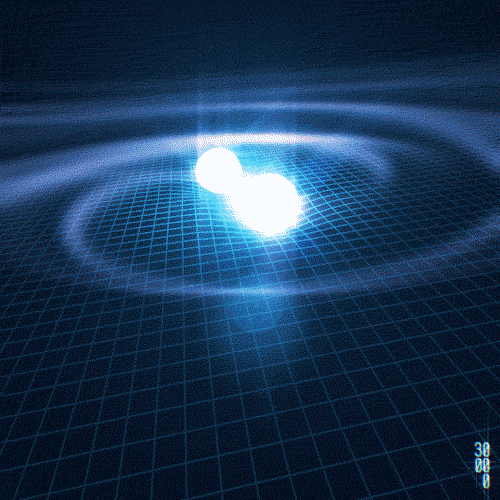Once Sir Arthur Eddington, considered the founder of theoretical astrophysics, said that " nothing is simpler than a star ." Indeed, for all their grandeur, most stars are almost uniform and very stable objects. For millions, billions, or perhaps even trillions of years, the main sequence star recycles its hydrogen reserves, gradually shifting towards the red part of the spectrum, and at the end of the path, as a rule, turning into a white dwarf. At the same time, we can speak about trillions of years now only hypothetically, but red and orange dwarfs can really exist for so long, while blue supergiants burn out in millions of years. For example, age Spica (alpha Virgo) is about 12.5 million years old.
The star glows due to the process of thermonuclear fusion, during which hydrogen nuclei are converted into helium nuclei, and helium in the final stages of the star's existence gives rise to heavier elements. The sequence is approximately as follows (the element number in the periodic table in brackets): hydrogen (1) → helium (2) → small impurities of lithium (3) → carbon (6) → magnesium (12) → iron (26) + small impurities of nickel (28 ), as well as sporadically emerging cadmium and tin nuclei. In general, elements heavier than iron are practically not formed in ordinary stars. Their sources are supernova explosions, in which all elements are synthesized at least up to uranium (atomic number 92, atomic mass - 238), as well as hypernova explosions, in which the collapse of the dying star occurs gradually, and, due to the huge initial mass of the star, the released energy is even higher.
By the way, there is the following assumption: the abundance of heavy elements on Earth may be due to the fact that in the foreseeable past not far from our planet there was a hypernova explosion, and we were "covered with a blast wave" - just after this event, which occurred about 400 million years ago, on The earth could be left with traces of short-lived nickel-56.
Therefore, it is all the more interesting that there are many exceptions to this harmonious system. Up to 25% of main sequence stars are peculiar (from the English "peculiar" - "strange"). This means that spectral analysis reveals lines of elements in them, including those much heavier than iron. Obviously, the composition of these stars is due to the specifics of their evolution. This is what we will talk about next.
, . – , , , , , . – , . : , . , , , . , .
, 1933 , . 25, , . . , , , , .
40- , , .
, – , ; , , , . , , , . 80- , . .
— . , . - , , , ( OBCN-). , : OB-N , OB-C – .
: , OB-N , , :

, . , , .
. - , , . , , , . : 1) - 2) -- 3) .
-,
, ( +2,6). , :

- -, , . - – . , .
1970 , , : , , ( ) . . , – . – - , .
- . , , .
, , , (56 ).
(82 ) , «AGB» ( ). , - ( ) , – M, S C.
s-, , . , . S- .
, 1925 , . , , № 43, № 61 – , . , () - , (№ 82 № 83) – . , , , . № 43 1937 , .

1937 . (85) (87) , , ( 1 (1x10-12 ) ). , , , – , , . , 98Tc 99Tc . s- , . 1952 . , , : R , U , W , R . , , , .
. . , ( 1932 ) – , – , . , – – , , , .
, , – . , : - . , - .

2021 (Simon Dupourqué) 14 -. , — , - , . ( «» «-» — « »). , . – . , - .
Hopefully I've been able to demonstrate how premature and naive Arthur Eddington's statement at the beginning of this article was. Sometimes a star is not a hydrogen-helium fire, but a complex nuclear reactor, perhaps even a conceptual model for creating an artificial astrophysical reactor, which, surrounded by magnetic fields, could resemble ... a peculiar star. Therefore, I will conclude this article with another aphorism belonging to Isaac Asimov: " The most exciting phrase that can be heard in science is not" eureka! ", But" this is funny. " Or, we add, "... peculiarly."